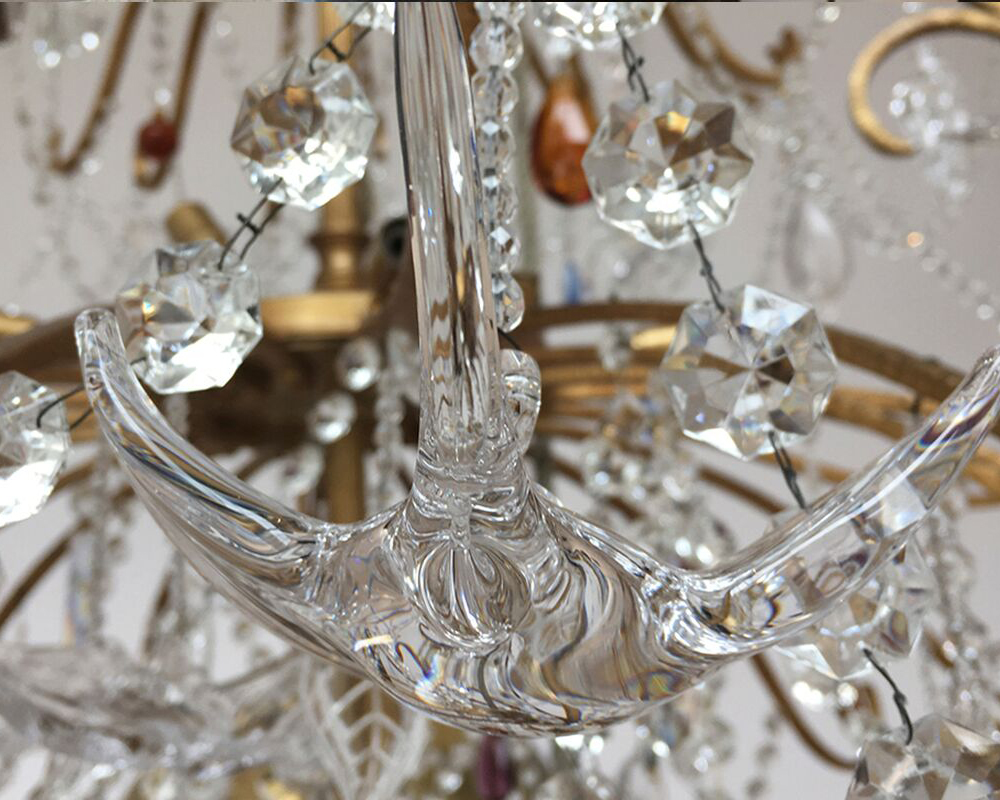The AIA Honor Award-winning design for the National September 11 Memorial Museum uses the simplest of materials to deliver its messages, and for good reason:
It’s the emotional experience, not the architecture, that’s front and center here.
“To preserve the envelope, we used concrete – structural concrete, not architectural concrete,” says Mark Wagner, associate principle at Davis Brody Bond. “It ties into the existing slurry wall – and it’s the same on the floor, where we polished it.”
The memorial’s only level of refinement is a reference to the original towers’ cladding of aluminum and glass – just enough to trigger memories of Yamasaki’s masterpiece.
A visitor’s hour-long descent down to the bedrock of the site is borne via a ribbon of staircases, composed in sleek blond wood.
“In an emotionally challenging environment, you need a material that’s a little more domestic in character,” say Carl Krebs, partner in the firm. “It provides a level of comfort and familiarity as you’re entering the museum.”
The wood is designed to recall the temporary ramps that carried visitors to the site during its cleanup in the year after the disasters, and of those that bore workers to and from the bedrock itself.
“The language of the ramps has been used on site since post-9/11,” Wagner says. “It ties back to one’s personal memories.”
Those memories were the key to the architects’ intent when designing the museum. A memorial, after all, is all about memories.
“We were trying to allow every individual who comes to the site to connect to the story and the event, using fundamental tools,” Krebs says.
First there’s the memory of the day’s events, with a powerful presence of images, sounds and artifacts.
There’s scale too, with the enormity of the events, underscored by the void of the site.
And there’s emotion:
“It’s not an intellectual experience,” he says. “The emotional reaction is a valid and genuine response to the story.”
And everyone who visits the site will have their own reaction.
Tomorrow: Challenges and Inspiration
[slideshow id=1352]

